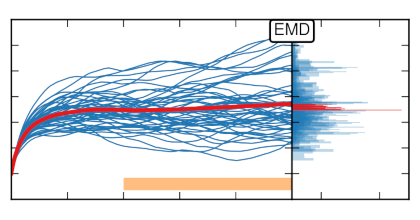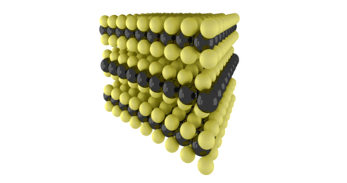Development and application of techniques for predicting and analysing phonon-derived materials properties
F. Eriksson
Licentiate Thesis
(2022)
url: https://research.chalmers.se/publication/531514
The thermodynamic properties of materials are of great interest for both scientists and engineers. A large contribution to many properties stems from the vibrational motion of the atoms in the material. An understanding of the dynamics of the vibrating atoms is therefore important for many other areas as well, including, e.g., electronic and optical properties. Since many materials of particular technological interest are crystalline, the vibrations can be studied in the framework of lattice dynamics. One of the main challenges in lattice dynamics is to acquire the force constants that describe the atomic interactions. Using crystal symmetries it is possible to reduce and cast this problem to a linear regression problem. This approach has been implemented in the present work in the hiphive package. The force constants (an interatomic potential) can be fitted to forces obtained from, e.g., density functional theory calculations.
Although the problem of linear regression is well studied from a theoretical point of view the number of unknown coefficients in the force constant expansion is typically very large. Obtaining good models from limited data is possible via regularized regression, which has been successfully applied in many areas of physics. However, how well these techniques work in general for practical problems involving force constants is not well understood. By interfacing with the scikit-learn package, here, the hiphive package has been used to explore how well these techniques work in practice. It is found that many concepts from machine (or statistical) learning can be useful in order to predict macroscopic properties and quantify model uncertainties.
Moving beyond the domain of pure lattice dynamics we also studied the thermal conductivity of rotationally disordered layered materials, which feature weak van-der-Waals interactions between the layers. These structures exhibit a remarkably low through-plane thermal conductivity and their dynamic properties can be described as one-dimensional glasses (a property worth further studies). By performing molecular dynamics simulations on state-of-the-art graphical processing units using the Green-Kubo formalism excellent agreement with experiments could be achieved.



